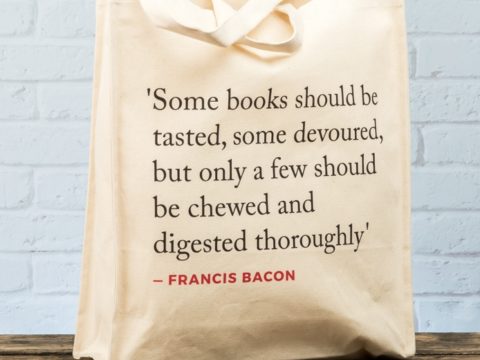Mary, Queen of Scots: Life Story
Chapter 1: The Infant Queen
Mary was the daughter of King James V of Scotland and his second wife, Marie of Guise. The couple had previously had two sons but they had tragically died the same day, before Mary was born: thus Mary was heir to the kingdom from her birth. Within a week, she was its queen, James having died of some unspecified disease, following the disastrous Battle of Solway Moss at which the English had inflicted a heavy defeat on the Scots.
The country was thrown into turmoil. With a queen who was only a week old, it was necessary for a Regency to be put in place. This was not straightforward as the Scottish court was riddled with factions. The first choice was James Hamilton, 2nd Earl of Arran, who as a descendant of James II, was Mary’s nearest male heir. Despite his royal connections, Arran was not widely respected - he was not especially intelligent, and he was extremely indecisive, tending to agree with whomever he had last spoken to. The other main rival for the Regency was Cardinal David Beaton. The Cardinal had been one of James’s closest advisers and he claimed that James had left a will appointing him as governor, with four other men to share the guardianship of the queen. This will was considered by Arran and the other nobles to have been a forgery. Cardinal Beaton himself was not popular with the nobility, although he wished to pursue James’ policy of continuing the ancient Franco-Scottish alliance.
Arran and Beaton had different religious views. Although Beaton was hardly an exemplar of holy living, he nevertheless was a defender of Catholic Church, whilst Arran was sympathetic to reform. The many abuses of the Catholic Church in Europe were particularly prevalent in Scotland. Its wealth (it had revenues some twenty times greater than those of the crown) and its failure to minister to the people, because the majority of its senior figures held their positions for political, rather than religious, motives were undermining faith. One of Arran’s first acts was to permit the reading of the bible in the vernacular. As there was no Scots version, he permitted English versions to be sold.
Scotland and England were still at war. The leader of the English forces, Sir John Dudley, Viscount Lisle, wrote to the new queen’s great-uncle, Henry VIII of England, asking for instructions. He did not think it would be honourable to pursue a military offensive against a country whose king was dead and whose ruler was a ‘young suckling’.
Henry, not particularly concerned about the chivalrous treatment of his great-niece, did nevertheless cease overt military operations. Following the Battle of Solway Moss a number of Scottish lords had been captured. These were now taken to London and, faced with the alternative of permanent exile, some of them chose to accept Henry’s proposition that their queen should be married to his son, Edward. Many of them were also influenced by the reforming nature of Henry’s religious settlement and were willing to promote Henry’s policy of separation from the papacy.
There was also a further claim to the governorship from Matthew Stuart, Earl of Lennox, based on his contention that the Earl of Arran was illegitimate owing to a complicated divorce case involving his father. Lennox, whose father had been killed by Arran’s, during the minority of James V, had spent most of his life in France, and was a protégé of François I. The rivalry between the Hamiltons and Lennox Stuarts was to prove a major destabilising force during the years of Mary’s minority and also contributed to the tragic circumstances surrounding her deposition.
Aaron was confirmed as governor of Scotland in January 1543. Shortly after, the lords who had agreed to further Henry VIII’s purposes in Scotland (known as the Assured Lords) returned. These assured Lords included lords Maxwell and Fleming, the earls of Cassilis and Glencairn, the Earl of Angus (Henry VIII’s brother-in-law) and Angus’ brother, George Douglas. They immediately exerted influence on Arran, and within days Cardinal Beaton, the only proponent of a continued pro-French and Catholic policy in Scotland had been arrested, although he was not held rigorously and soon escaped to his castle at St Andrew’s.
Mary, Queen of Scots
Family Tree
